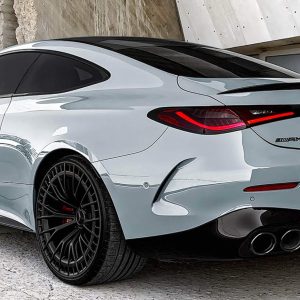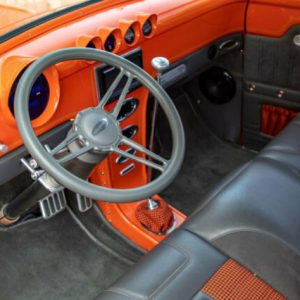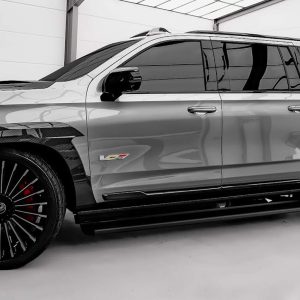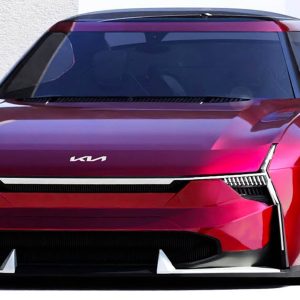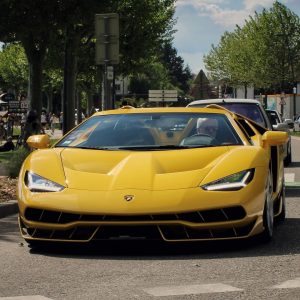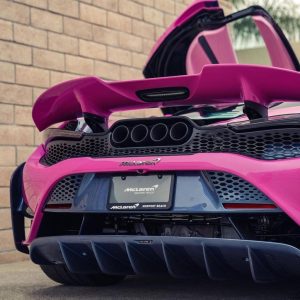A family car’s practicality combined with the throaty roar of an American V8 sounds like a nice combination. Unfortunately, wagons were usually very large and didn’t have much sporty attitude. So nowadays, the Germans are the ones known for go-fast haulers, like the Audi RS6 Avant.
The problem is probably the concept of the muscle car, where you usually have a long hood, but a relatively compact body, and they need to be “stuffed” with the biggest engine around, usually coming from the class above. That means you won’t have room for passengers.
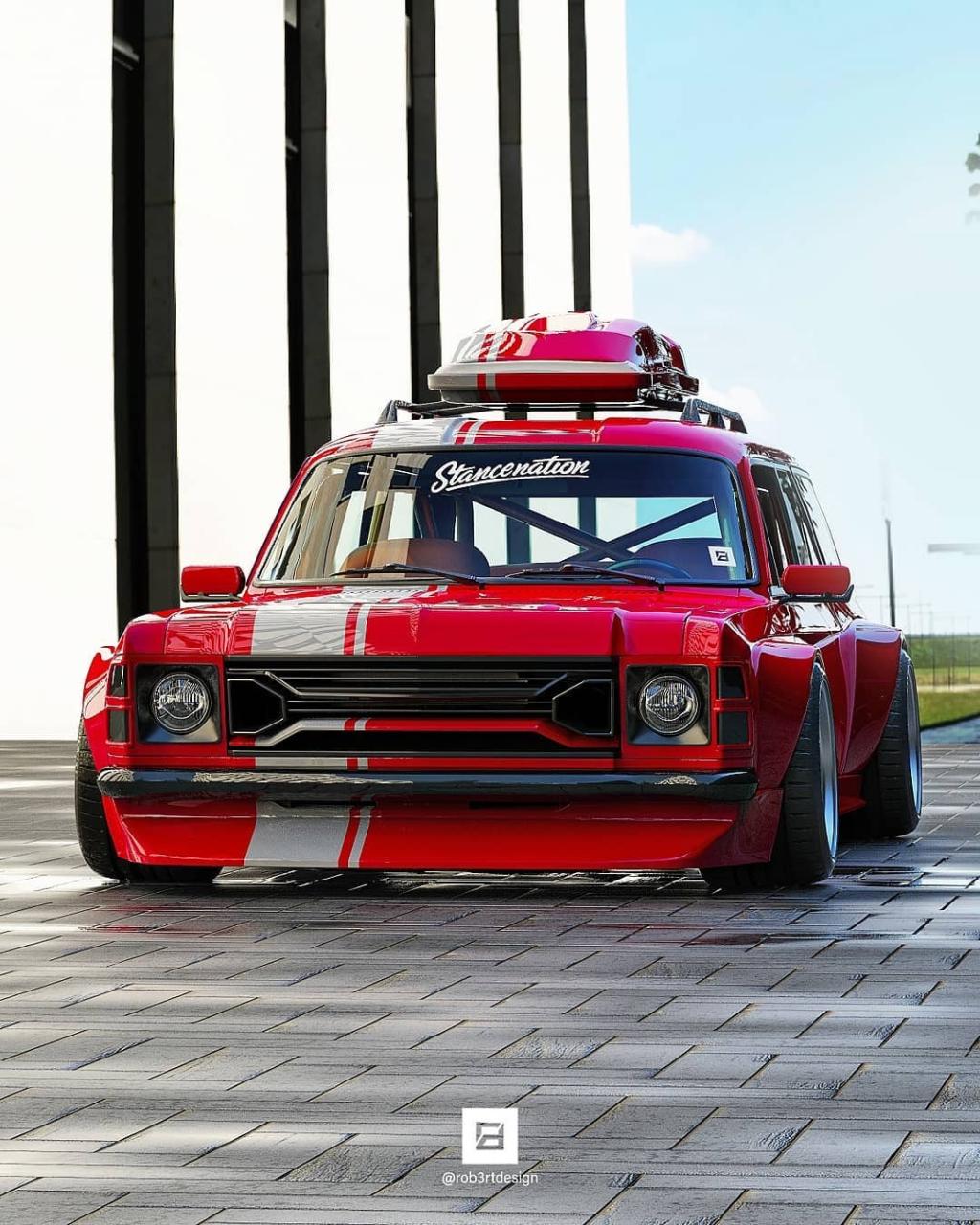
Even so, we know of one Chevy wagon that’s old but really small, the Opala. The reason you haven’t heard of it is that it’s from South America. More specifically, the Opala was sold in Brazil from 1969 until 1992 and was the first car built at General Motors’ local factory.

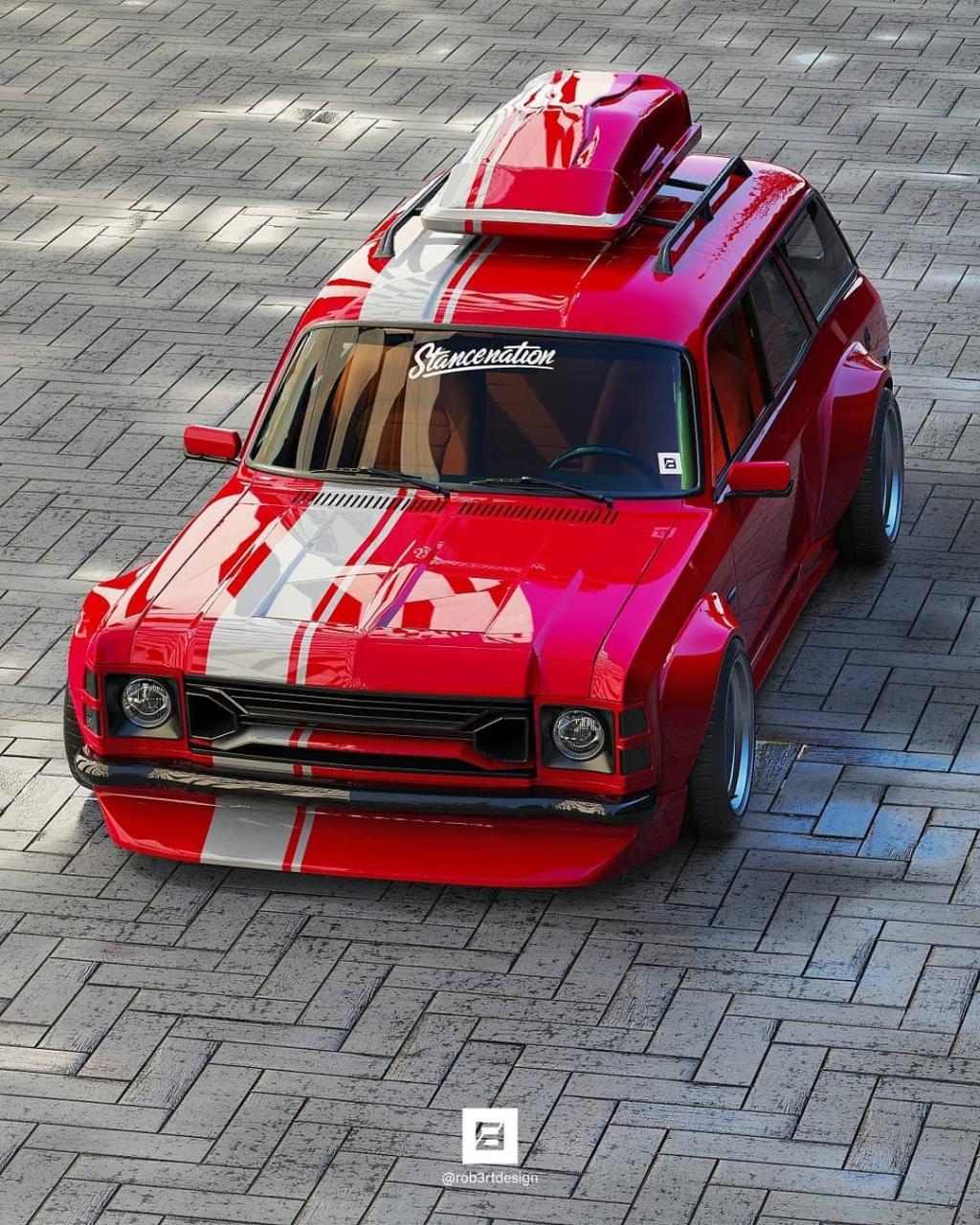
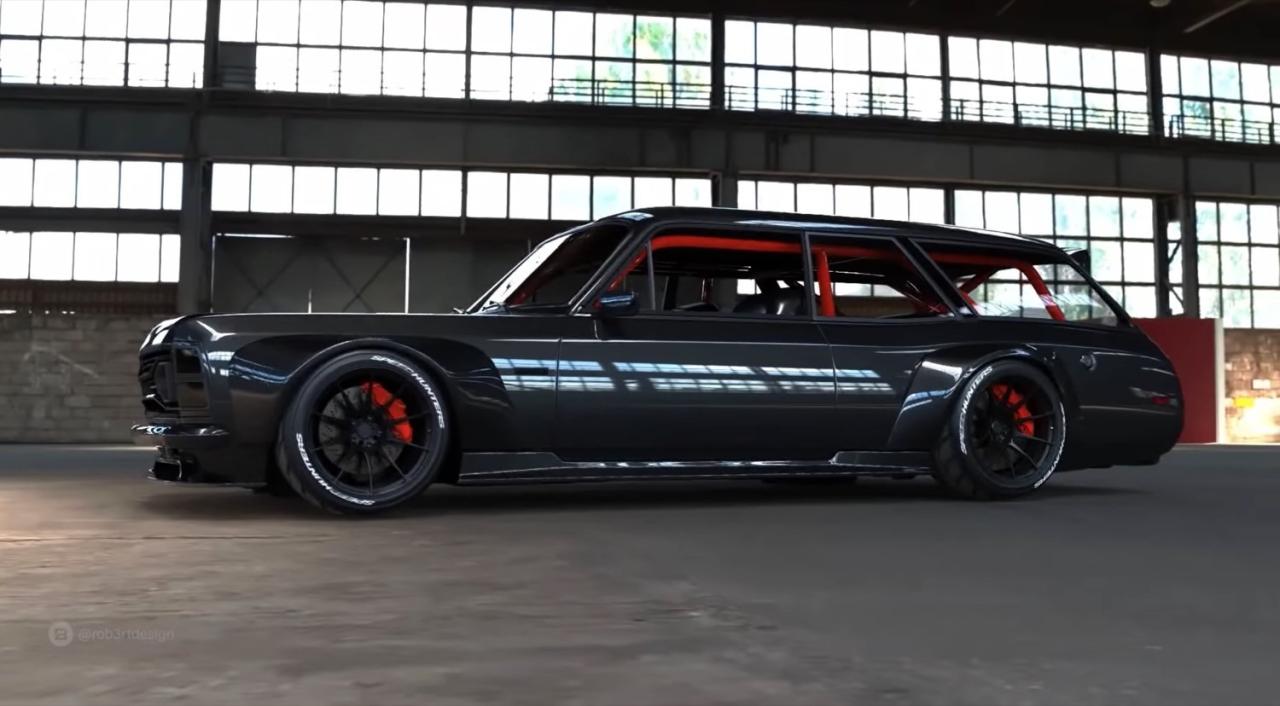
Besides the “Caravan” we’re showing you, Chevy also made sedans and coupes. The Opala was important to the country’s development and was used as a taxi or a police car. As you can probably tell, it was styled loosely around the 1968 Chevy Nova, as it’s got the same round headlights and egg-crate grille.

Nobody ever wonders what the Nova would look like as a muscle wagon. This is why we found this rendering by Brazilian artist Rob3rt Design to be so interesting. His modern take features the widebody fenders and roof rack you so often see in the European tuning scene.
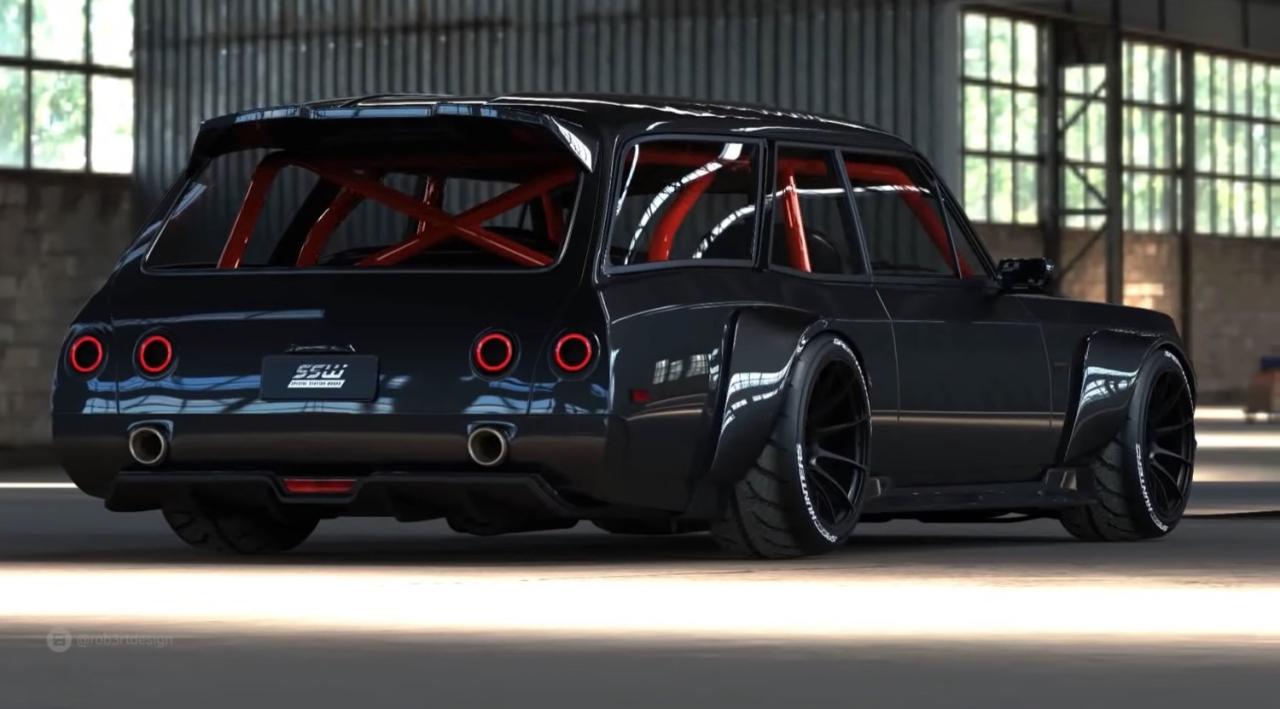
Since this is a purely digital creation, no expense is spared. Everything from the widebody to the interior, roll cage, and suspension upgrade is worthy of a restomod. And since the Opala is one of Brazil’s most desirable classics, we wouldn’t be surprised if some builders really are willing to spend this kind of money.
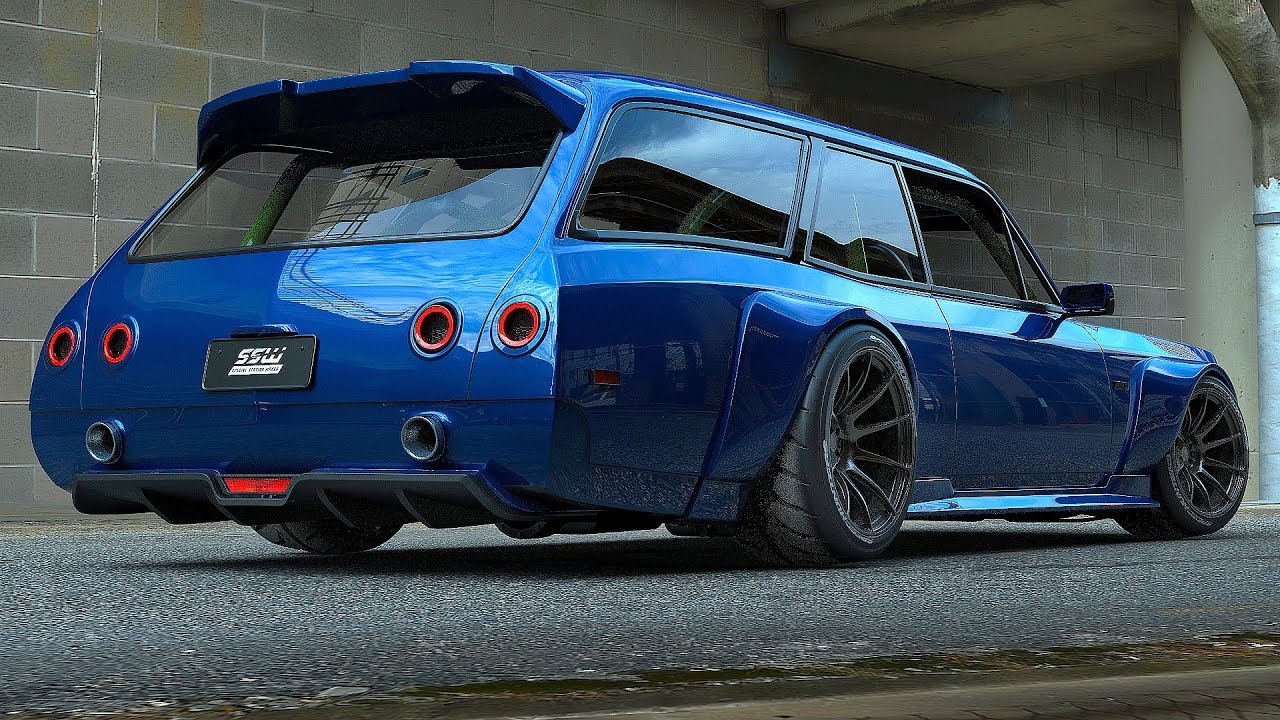
Under the hood of the Opala, which is forward-hinged in the European style, we could originally find two engine choices. The base unit was a 2.5-liter four-cylinder, the 153ci that was originally found in the 1962 Chevy II. An optional six-cylinder was much rarer and measured 3.8-liter in displacement; this was the 230ci from the cheaper 1963 Impala models.
Compared to American cars, the Opala was rather thrifty, only making about 100 to 140 hp in those early days. The very last model from the early 1990s did have a 4.1-liter 6-cylinder, but it ran on cheaper Ethanol fuel.
